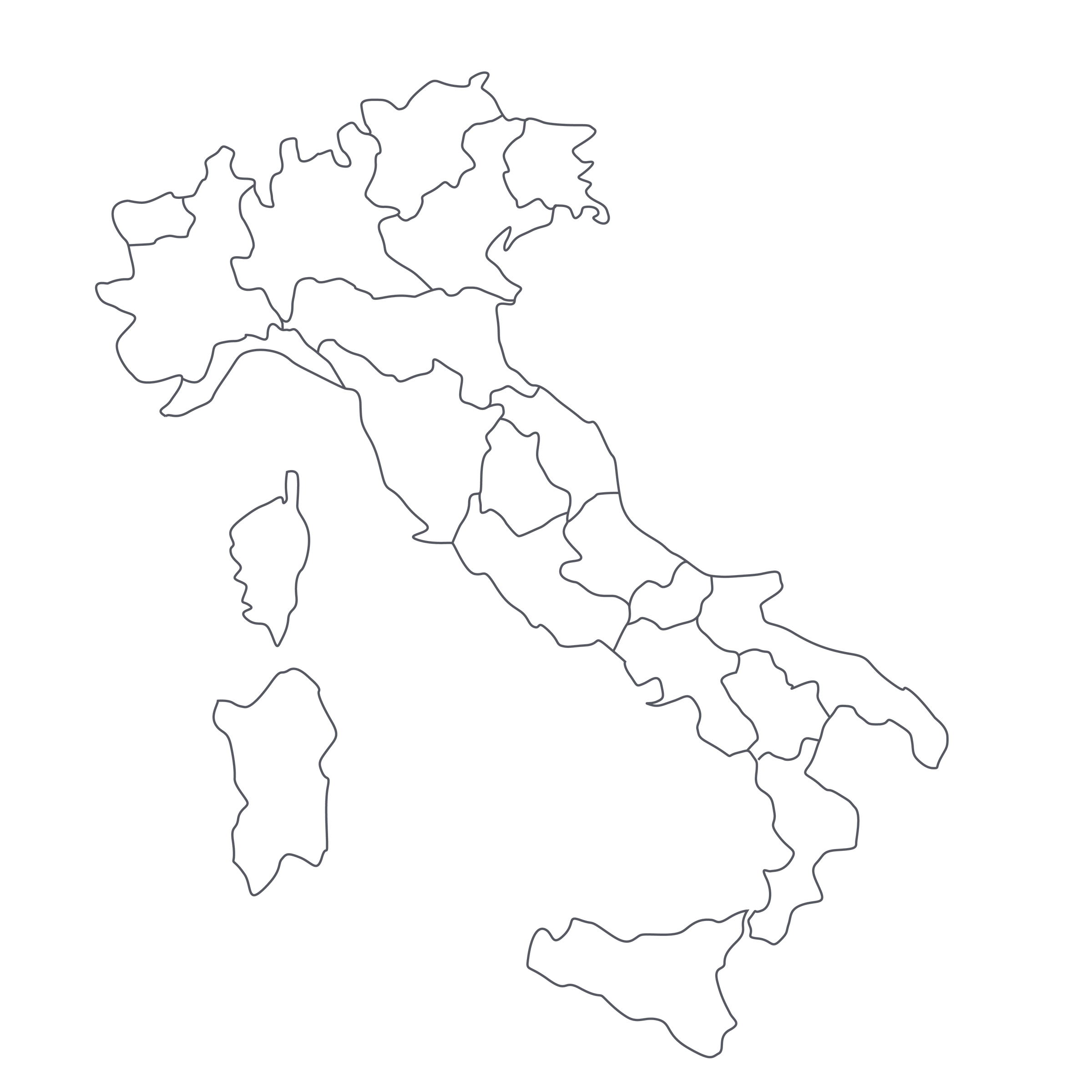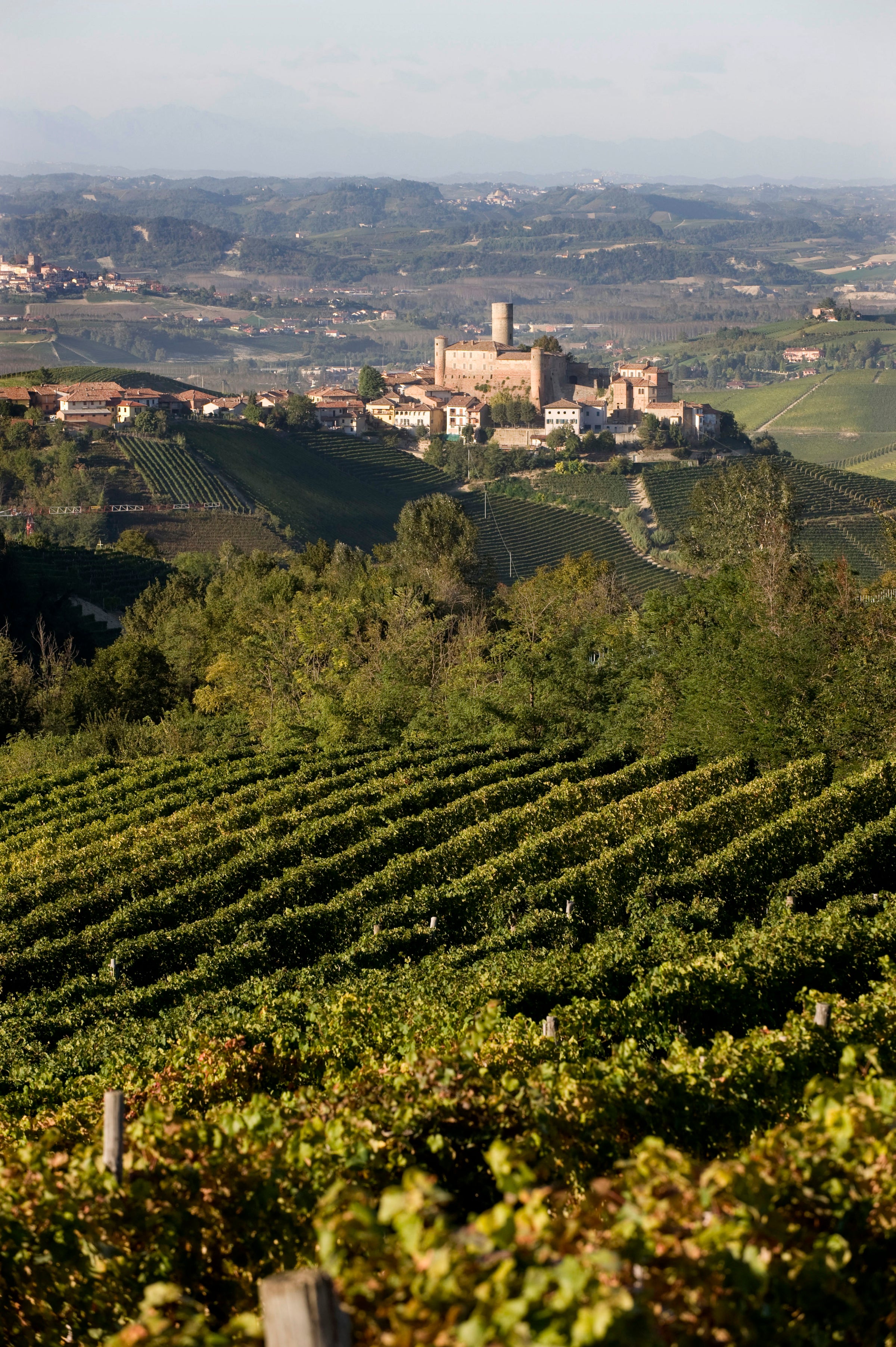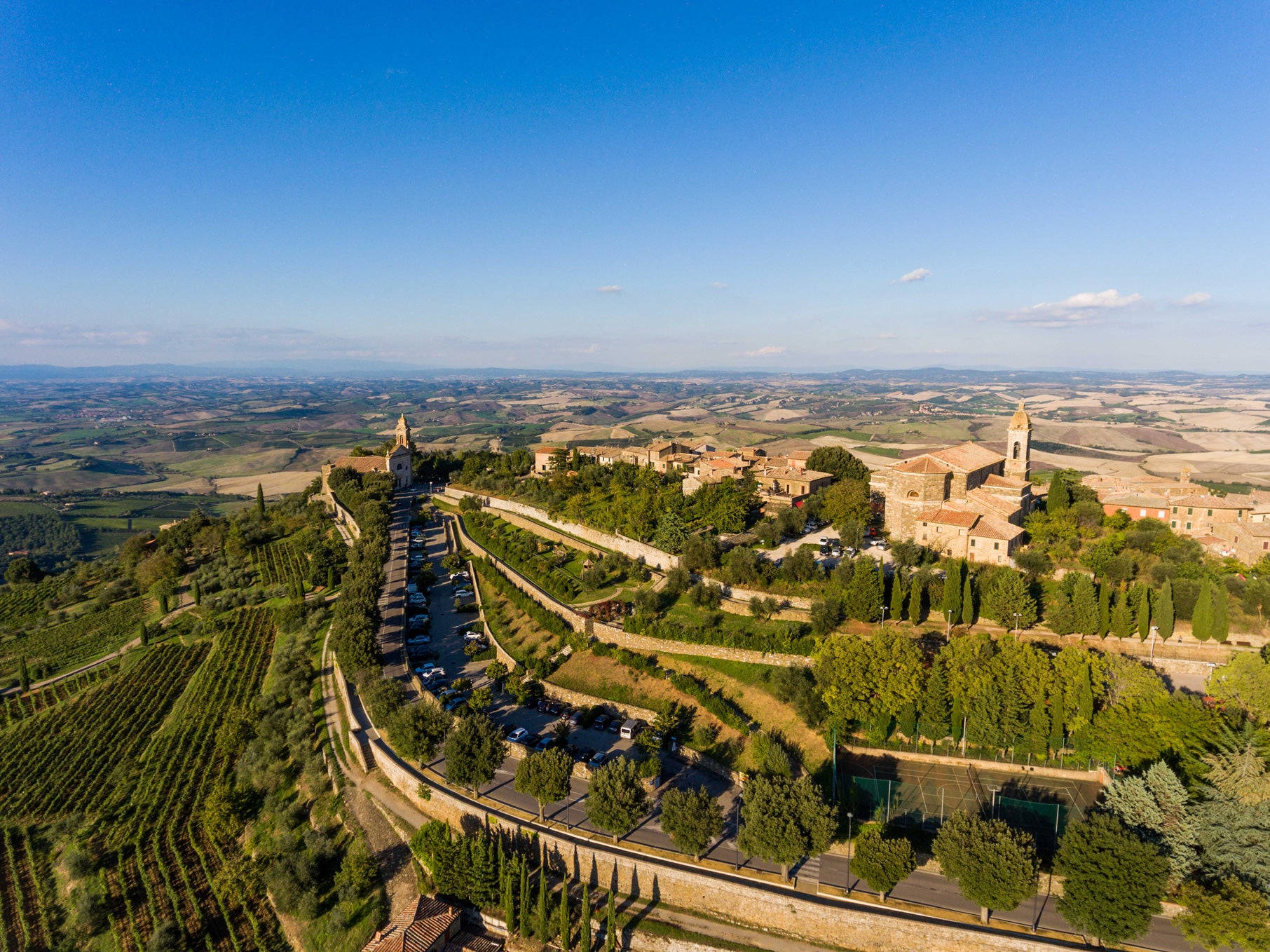Too many people who “collect” wine fail to realize how much treasure can be found in the $50-and-under range. Thinking back to my restaurant days, I can’t count how many times I made a wine suggestion, only to have the guest ask me for something “better,” as in, more expensive. Upon tasting this superb 2017 Barolo from Azelia, all I can say is this: Why spend more when everything you could possibly want is right here?
Along with being spot-on in every way, this wine is relatively rare, too, if that means something to you—only about 1,000 cases are produced, which lands it squarely in the “artisanal” camp. If you collect wine with current and future drinking in mind (as opposed to resale), you should stock your cellar with wines like this and use the savings to fund other pursuits. In the end, this ’17 will most likely gain value, but I think you’ll enjoy drinking it more than re-selling it. That’s what it’s all about, right?
A wine labeled simply as “Barolo,” without any other designations, is often referred to as an estate’s “base,” or “entry-level,” wine. What a disservice that is! This is Barolo we’re talking about—one of the greatest red wine appellations in the world. When you put a Barolo as good as Azelia’s ’17 in the bottle, there’s nothing entry-level about it; this is an advanced, double-black-diamond wine we’ve got here.
The Azelia estate represents one branch of the Scavino family, whose roots in the village of Castiglione Falletto go back generations. Azelia’s proprietor, Luigi Scavino, splits ownership of two top Barolo vineyards—“Bricco Fiasco,” in Castiglione Falletto, and “San Rocco,” in nearby Serralunga—with his cousin, Enrico, who runs the neighboring Paolo Scavino winery (their respective fathers divided the family holdings back in the 1950s). Both properties are known for wines that meld “traditional” and “modern” winemaking techniques, with rich, layered textures and long aging capabilities. Azelia has perhaps trailed Paolo Scavino in terms of international recognition, which works to our advantage in terms of pricing; qualitatively, these wines have always been completely on point, and favorites of sommeliers because of the value they offer.
Today’s wine, as is typical of “base” Barolos (we really need to find a better word), is 100% Nebbiolo sourced from an assortment of Azelia estate vineyards in Castiglione Falletto and Serralunga. Farming is done sustainably, with no chemical fertilizers added to the soil and harvest conducted by hand. The wine was subjected to an extended period of maceration on its skins (50+ days) during fermentation, after which it aged 24 months in 25- and 50-hectoliter oak casks from various sources. As one reviewer noted, the wine displays an especially “dark, brooding profile” in the ’17 vintage.
We had a similar reaction: This wine is built to last. In the glass, it has a classic deep garnet-red core moving to a pink rim, with a fruit profile that leans toward the darker end of the Nebbiolo spectrum: scents of black cherry, plum share the stage with earthy/floral aromas of violets, espresso grounds, leather, licorice, tobacco, and underbrush. It is full-bodied and firm and needs about an hour in a decanter before service if you’re drinking a bottle now. I say go for it, but do save at least a few for revisiting 5-7 years (or more) down the line. When you do, and the wine has blossomed in every direction imaginable, you can revel in the fact that you paid only $45 for it. Use the savings for a white truffle to grate over some fresh pasta to pair with it. Enjoy!









